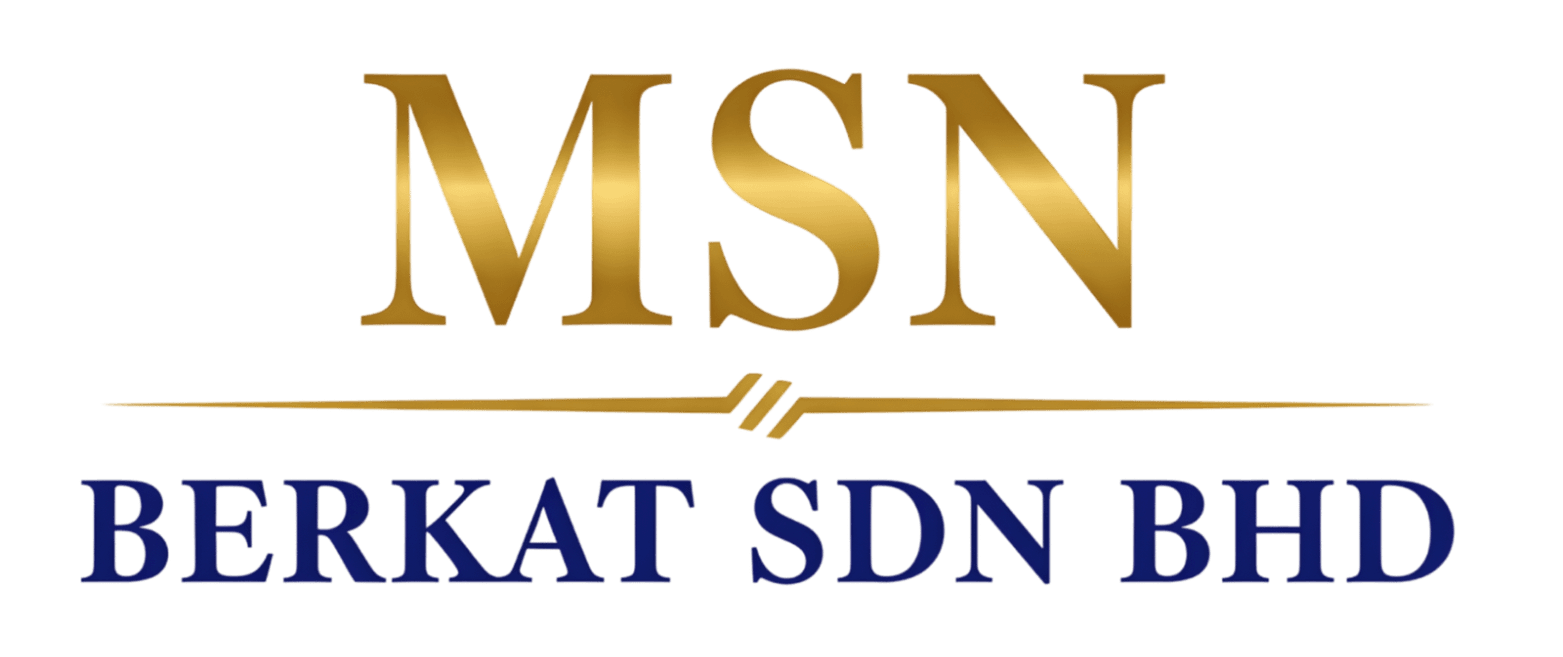Top Construction Trends Shaping the Industry in Malaysia
Introduction
In recent years, the construction industry in Malaysia has been experiencing significant transformations. With rapid technological advancements, evolving sustainability practices, and increasing urbanization, the industry is adapting to meet modern demands. This post explores the top construction trends shaping the industry in Malaysia today.
Embracing Green Building Practices
One of the most influential trends in Malaysian construction is the shift towards sustainability. Green building practices are becoming a standard, with developers prioritizing eco-friendly materials and energy-efficient designs. This move not only reduces the environmental impact but also meets the growing consumer demand for sustainable living.

Use of Sustainable Materials
Builders are increasingly using sustainable materials such as bamboo, recycled steel, and low-emission concrete. These materials minimize carbon footprints and promote long-term environmental health, aligning with global sustainability goals.
Technological Integration
The integration of technology in construction is another major trend. Technologies like Building Information Modeling (BIM), drones, and 3D printing are revolutionizing the way projects are designed and executed. These innovations enhance efficiency, reduce costs, and improve project outcomes.
Building Information Modeling (BIM)
BIM has become a staple in the industry, allowing for precise digital representations of physical spaces. It facilitates better collaboration among stakeholders and enables more accurate project planning and implementation.

Urbanization and Infrastructure Development
As Malaysia continues to urbanize, there is a surge in infrastructure projects to support growing urban populations. This includes the development of smart cities, advanced transportation networks, and improved public amenities.
Smart City Initiatives
The concept of smart cities is gaining traction, with projects focusing on integrating digital technology into urban planning to enhance living standards. Features include intelligent traffic management systems, smart grids, and IoT applications in public services.

Modular Construction
Modular construction is gaining popularity due to its efficiency and cost-effectiveness. This method involves prefabricating building components off-site and assembling them on-site, significantly reducing construction time and waste.
Benefits of Modular Construction
The advantages of modular construction include reduced material waste, faster project completion times, and improved quality control. It also offers flexibility in design, allowing for customized solutions tailored to specific project needs.
Conclusion
The Malaysian construction industry is evolving rapidly, driven by sustainability, technological advancements, urbanization, and innovative building methods. As these trends continue to shape the landscape, they present opportunities for growth and improvement in the sector. Stakeholders who embrace these changes can expect to stay at the forefront of industry developments.
